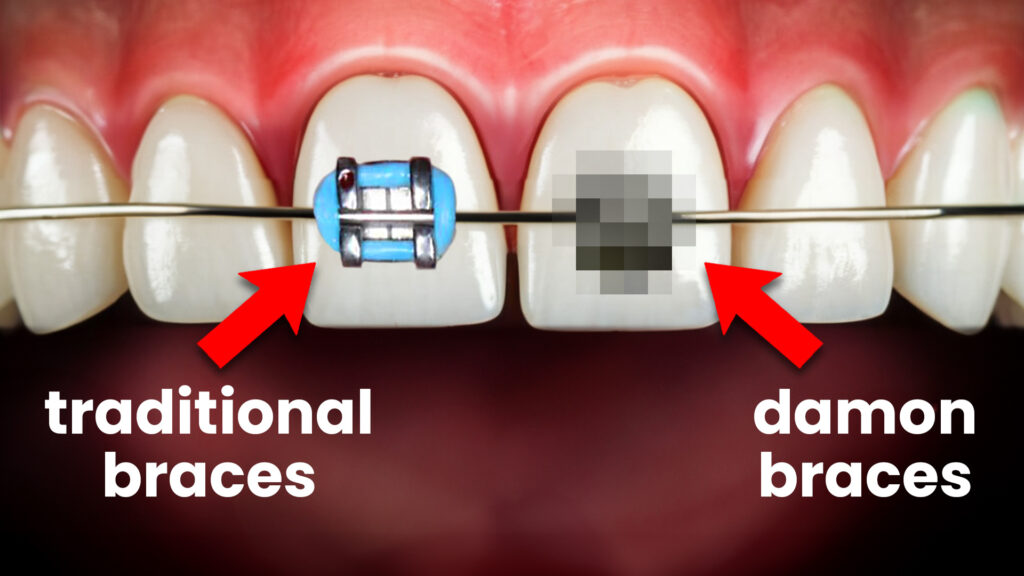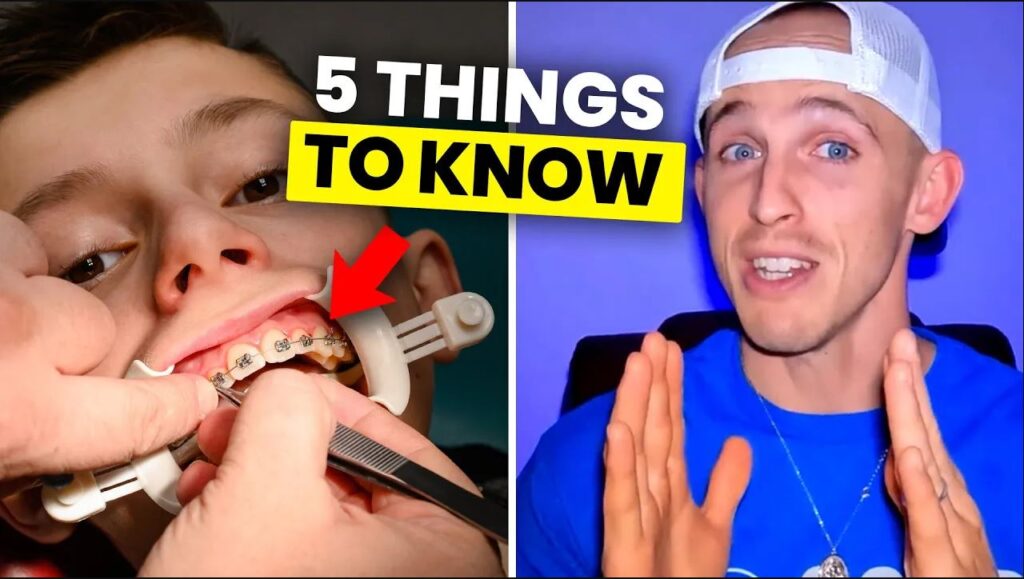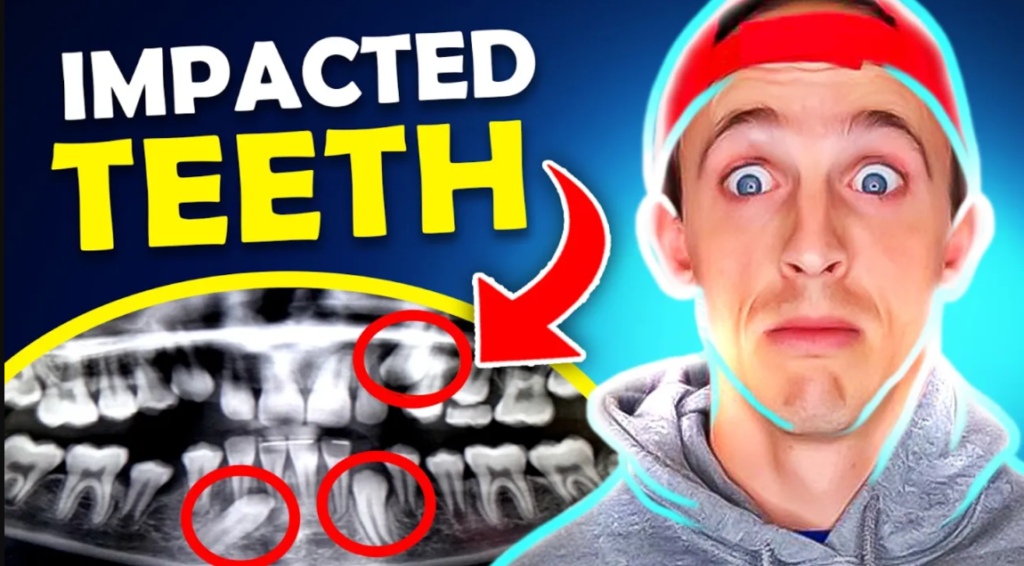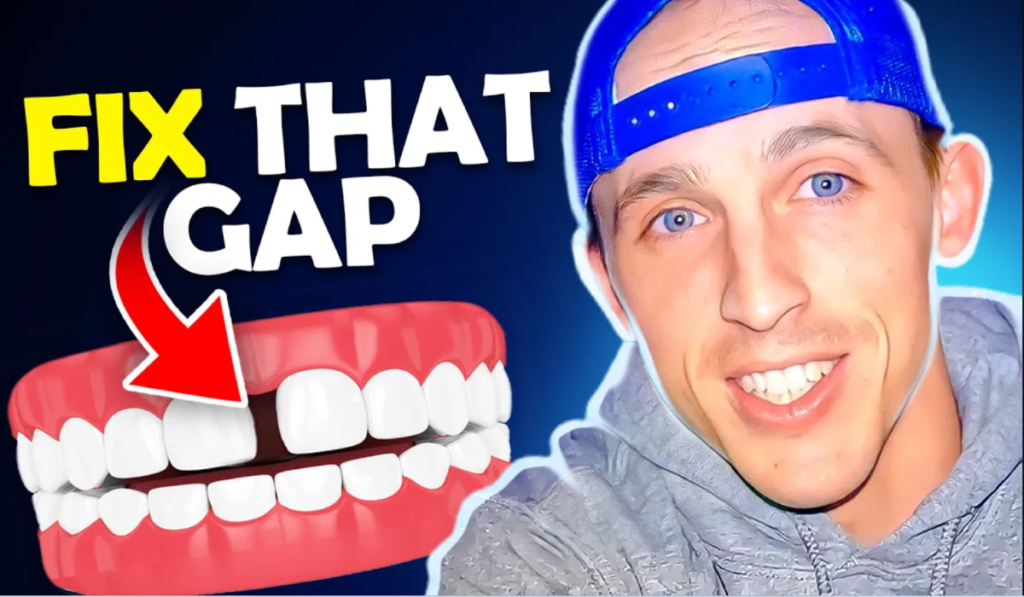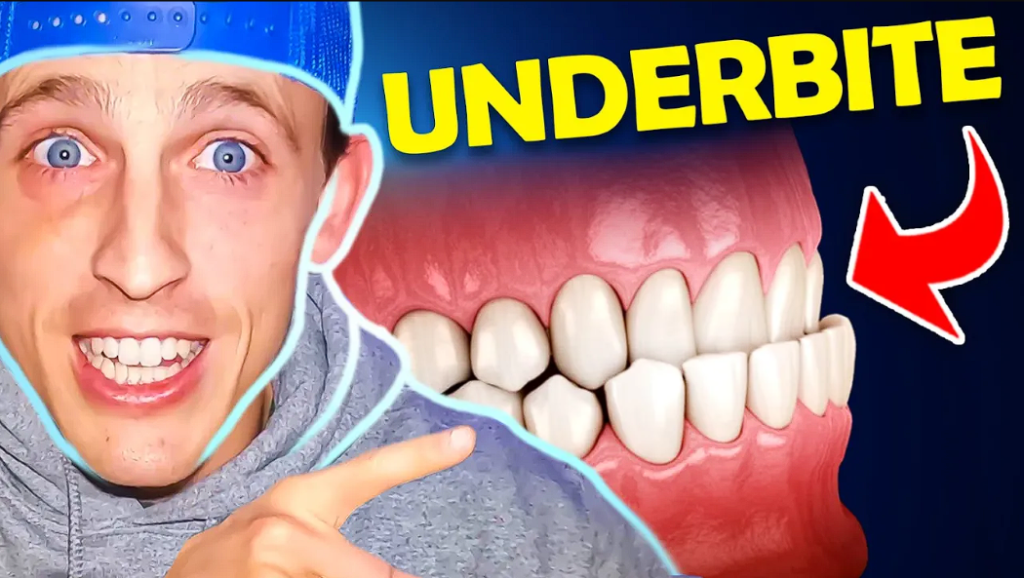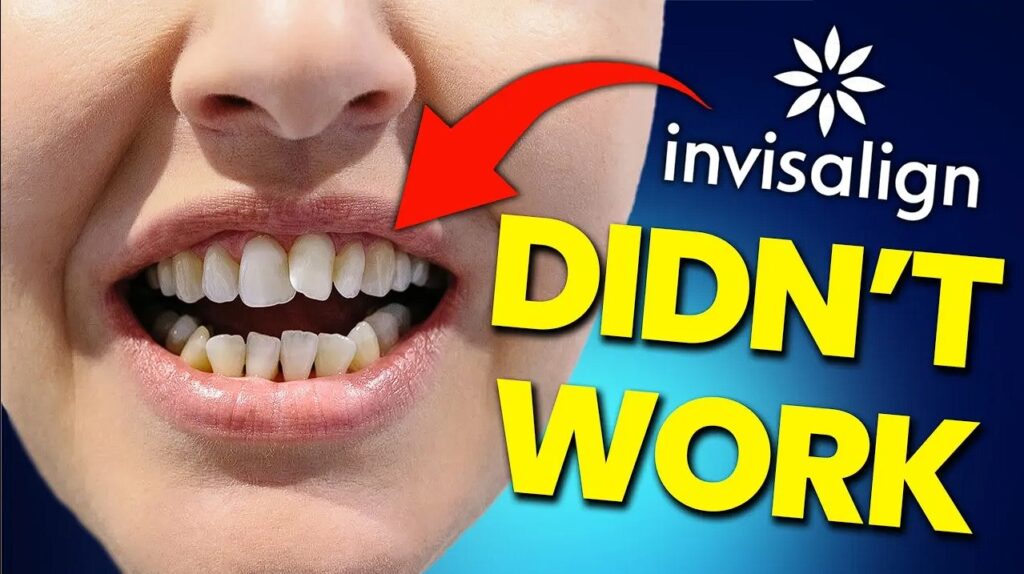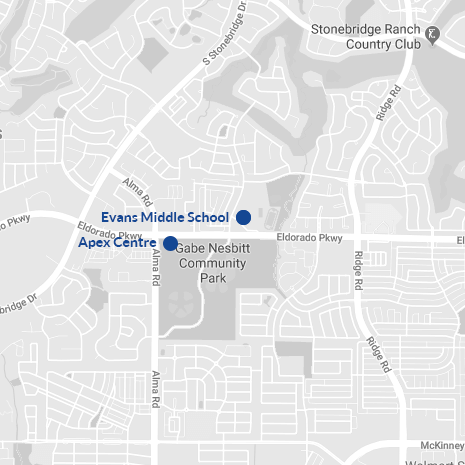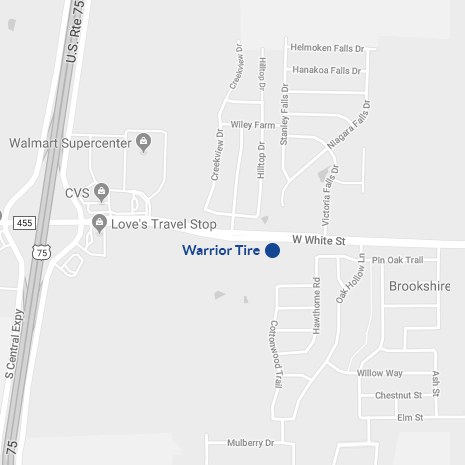A McKinney Orthodontist's Insight: Should I Get Teeth Pulled Before Getting Braces?
February 14th, 2024
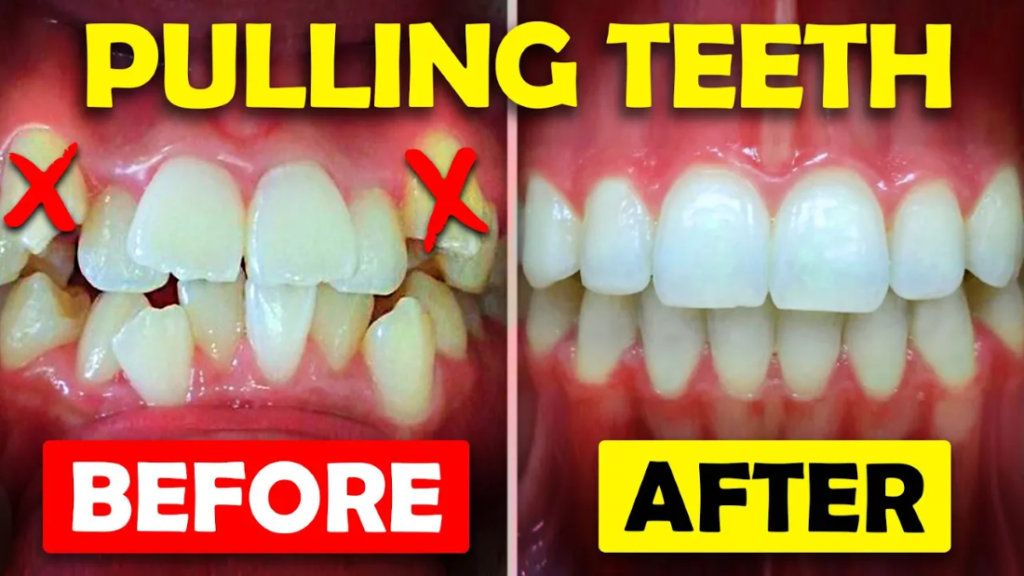
Embarking on the journey to straighten your teeth with braces is an exciting step towards achieving a confident smile. However, for many individuals, the prospect of getting braces raises questions about whether they might need to have teeth pulled beforehand. In this blog post we'll shed light on this topic.
Do You Need Teeth Pulled Before Getting Braces?
One of the most common questions among individuals considering braces treatment is whether teeth extractions are necessary. The answer as explained by, Dr. Packard, varies from case to case.
Factors Determining the Need for Teeth Extractions:
- Crowding: If your mouth is overcrowded, meaning there isn't enough space for all your teeth to align properly, extractions may be necessary to create room for the remaining teeth to shift into alignment.
- Jaw Size Discrepancy: Sometimes, the size of your jaw may not accommodate all your teeth comfortably. In such cases, extractions might be recommended to ensure the best possible outcome for your orthodontic treatment.
- Bite Alignment Issues: In cases where you have a severe overbite, underbite, or crossbite, extracting certain teeth may be necessary to facilitate the correction of your bite alignment.
Advice from Packard Family Orthodontics:
Dr. Packard of Packard Family Orthodontics emphasizes the importance of a thorough examination and personalized treatment plan before determining the need for tooth extractions. "At Packard Family Orthodontics, we prioritize individualized care for each of our patients," says Dr. Packard. "During your initial consultation, we'll assess your dental and facial structure to determine if extractions are necessary for optimal results."
Benefits of Consulting with an Experienced Orthodontist:
- Customized Treatment Plans: Orthodontists, like those at Packard Family Orthodontics, tailor treatment plans to address your specific needs, ensuring the best possible outcome for your smile.
- Advanced Technology: With access to state-of-the-art technology and techniques, experienced orthodontists can accurately assess your dental anatomy and plan treatment accordingly, minimizing the need for unnecessary extractions.
- Comprehensive Care: Beyond just straightening your teeth, orthodontists prioritize your overall oral health, considering factors such as jaw alignment and bite function to deliver comprehensive care.
The Bottom Line:
Navigating the decision to get teeth pulled before getting braces can be daunting, but with expert guidance from orthodontic professionals like Packard Family Orthodontics, you can make informed decisions about your treatment. Remember, every smile is unique, and a personalized approach is key to achieving optimal results. Whether you're in McKinney or Anna, Texas, trust Packard Family Orthodontics to guide you on your journey to a straighter, healthier smile. Book your consultation with Dr. Packard here!


